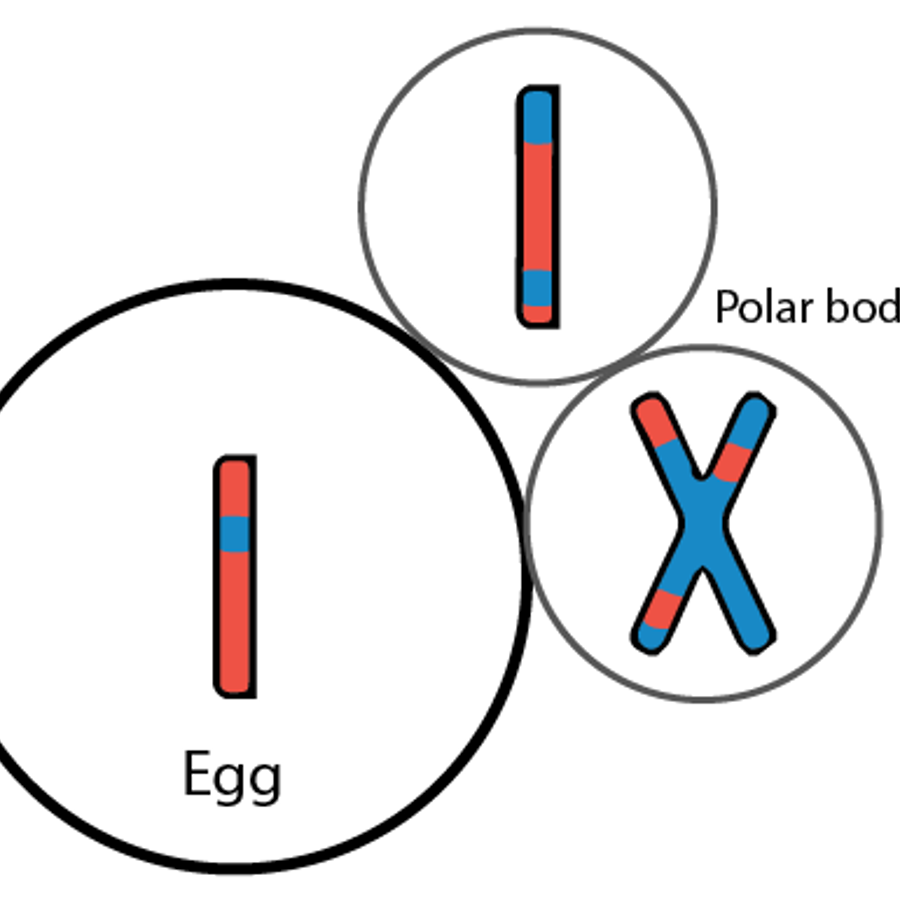
What are the odds of making two eggs that are genetically the same?
April 24, 2013

- Related Topics:
- Genetic genealogy,
- Twins,
- Reproduction,
- Meiosis
A curious adult from the United Kingdom asks:
"I have identical twin daughters, one of whom has recently had a baby. The question now puzzling us is - could the baby’s aunt theoretically ever have been her mother? In other words, are the 2,000,000 eggs created by identical twin girls the same or ever the same?"
Great question! Identical twins share pretty much the same DNA, so your question is also like asking the odds of a woman who makes twice as many eggs creating the same egg twice.
The answer is that it is extremely unlikely. Not impossible, but the odds are very much against two eggs having the exact same DNA.
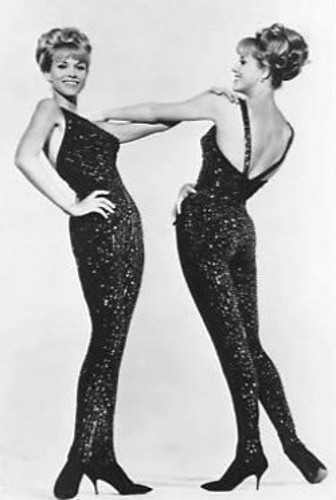
Our DNA is stored in the form of 23 pairs of chromosomes. In a process called meiosis, one chromosome from each pair is put into an egg. We’ll talk about this more below, but it’s random which chromosome is selected.
If this was all there was to it, then we’d just need to figure out how likely it is to pick the same 23 chromosomes from each pair. Since each pick is random, this is the same as the chance of flipping a coin 23 times and getting heads each time.
The math here is (1/2)23, which comes out to a 1 in 8,388,608 chance. Seems like a really small chance, but when we are dealing with four million eggs (around two million from each twin), it is more likely than we might think.
But this isn’t all there is to passing on our DNA. Through a process called recombination, DNA is randomly swapped between each pair of chromosomes.
What this means is that the odds are actually way worse than 1 in 8,388,608. In fact, there are close to an infinite number of possible ways for our DNA to mix on its way to eggs or sperm. Which means it is nearly impossible for two eggs from identical twin women to have the exact same DNA.
Egg Development
Eggs begin their life as germ cells. Germ cells are cells that are set aside very early in embryonic development to make eggs or sperm.
During embryonic development, germ cells go through a series of mitotic divisions. Mitosis is where all of the DNA in the mother cell is copied and passed on to two daughter cells. This produces a lot of germ cells.
If the embryo is male, the germ cells will continue to divide mitotically to give rise to sperm during adulthood. Men are constantly making new sperm through their whole life.
However, if the embryo is female, the germ cells will stop dividing mitotically before birth. Women are born with all the eggs they will ever have*.
To become eggs (or sperm), the germ cells must undergo another kind of division, called meiotic division. Instead of giving each daughter cell a copy of all the mother cell’s DNA, meiotic division gives each daughter cell a copy of only half the mother cell’s DNA.
This way, when the egg and sperm meet, the fertilized egg will have the right amount of DNA: 23 chromosomes from mom and 23 chromosomes from dad.
* Although there is scientific debate on whether a few germ cells are still dividing during adulthood in women. Click here to learn more.
How an Egg Ends Up With Half the Amount of DNA
As I said earlier, our DNA is stored in the form of 23 pairs of chromosomes. Each pair is made of one chromosome from mom and one chromosome from dad.
What this means is that mother germ cells contain two copies of each of the 23 chromosomes. So, to divide up her DNA, the mother cell could give each daughter one copy from each of her 23 chromosome pairs.
But, meiosis isn’t that simple. There are two parts to meiosis: meiosis I and meiosis II.
To make things a bit simpler, we’ll follow a single pair of chromosomes through its meiotic journey. Remember, the other 22 pairs of chromosomes are all doing the same thing. Here is the pair we will deal with:

I have made one chromosome red and the other blue. This will make it easier to follow what is going on.
During meiosis I, the mother cell copies its DNA so that there are twice as many chromosomes (4 copies of each chromosome versus the original 2). Each new chromosome is still connected to the old chromosome (forming an “X” shape).
Here is what that might look like:
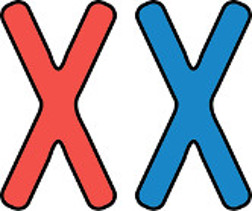
In the next step, the chromosomes undergo recombination so that the DNA is shuffled between different copies of the same chromosome.
Here is one way this might turn out:
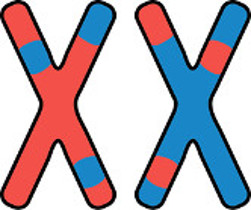
Now, let’s split them apart to get a better look at them:
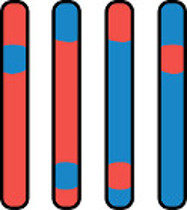
As you can see, none of the chromosomes is exactly the same as either of the original pair. The first two here have a bit of blue mixed in with mostly red and the last two have a bit of red mixed in with mostly blue.
In real life, the chromosomes are split apart during meiosis II. And humans only make one egg per mitotic cycle, so only one of these chromosomes ends up in the egg. The other three chromosomes get excluded from the egg and are called polar bodies. (If we were discussing sperm formation, the four chromosomes would end up in four separate sperm.)
Here is what that might look like:
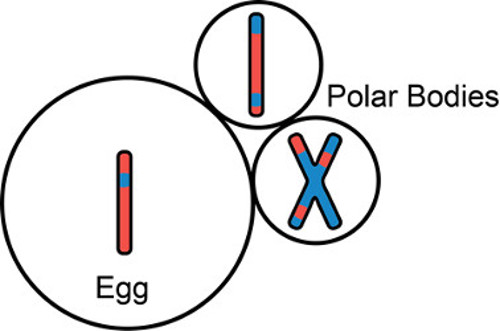
The way I have drawn this is just one case of how recombination could have happened. There are actually, many, many different ways to swap DNA. Here are two of an almost infinite number more:
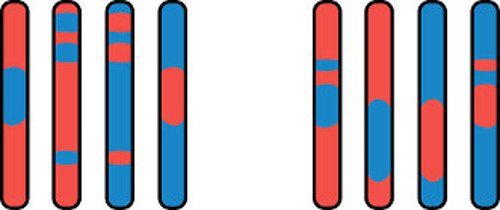
And this is just for one chromosome! Now imagine the same process happening with the other 22 pairs of chromosomes.
I think you can see why it would be so unlikely that identical twin women would create identical eggs, or that one woman could make the same egg twice. And why two people who aren’t identical twins are never exactly the same.

Author: Dr. Roberta Hannibal
When this answer was published in 2013, Roberta was a postdoctoral fellow in the Department of Genetics, studying placenta evolution, development and genomics in Julie Baker's laboratory. She wrote this answer while participating in the Stanford at The Tech program.
 Skip Navigation
Skip Navigation
